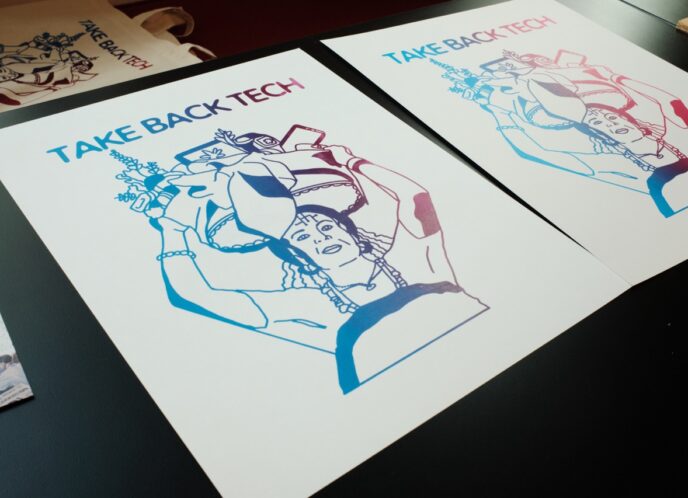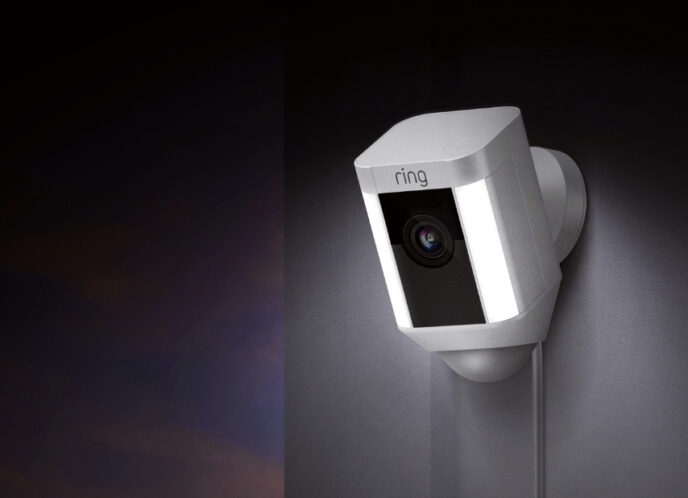When surveillance increases, Black people get disproportionately targeted and harmedŌĆönot matter how good the intention. In the weeks and months after Minneapolis police murdered George Floyd, 21-year-old Tia PughŌĆÖs single act amid otherwise nonconfrontational protests captivated the community ŌĆö and the police, who tracked her via Facebook to her apartment. Two days after the protest, on June 2, 2020, they hauled her, handcuffed, in front of press cameras. Pugh, a Black woman whoŌĆÖd never been arrested before, was born in Mobile but grew up in Minnesota.ŌĆ£
In closing arguments at PughŌĆÖs trial, federal prosecutors made it clear that they viewed Pugh as a violent actor. But itŌĆÖs not clear whether they saw her as a domestic violent extremist, in part because the Justice Department hasnŌĆÖt provided clarity on what its newly broad view of domestic violent extremism includes.
Internal FBI documents from 2019 indicated that the bureau was tracking what it labels ŌĆ£Racially Motivated Extremism,ŌĆØ which generally includes ŌĆ£White Racially Motivated ExtremismŌĆØ and ŌĆ£Black Racially Motivated ExtremismŌĆØ ŌĆö the latter including attacks against law enforcement due to ŌĆ£perceptions of police brutality against African Americans.ŌĆØ┬ĀMediaJustice’s Campaign Strategies Director Myaisha Hayes explains in The Intercept.
The designation was an updated version of an earlier one, ŌĆ£Black Identity Extremist,ŌĆØ which had been used since at least 2015, according to Myaisha Hayes, campaign strategies director at MediaJustice.
Myaisha Hayes via The Intercept



